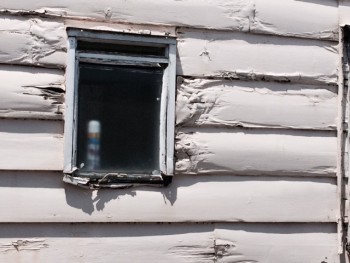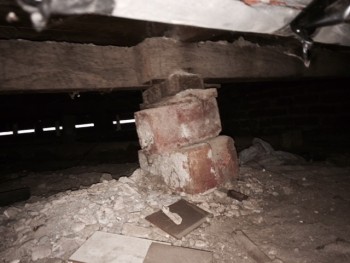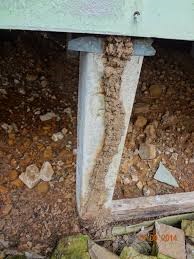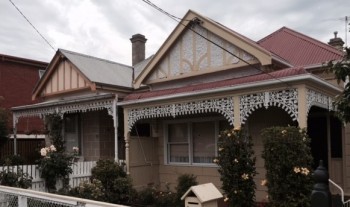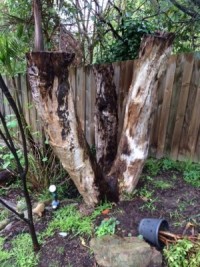Inspection identifies fungal decay.
This photo shows an extreme case of fungal decay that we found in a recent building inspection in Melbourne. The weatherboards were completely decayed and the frame behind the weather boards had been structurally damaged. Fungal decay is often not considered to be a big problem by house buyers, however it is such a destructive timber pest, that serious structural damage can occur if fungal decay is ignored. Oxygen, moisture, a suitable temperature and timber, are the basic requirements for fungal decay to thrive. When moisture content is above 20%, fungal decay will develop, therefor controlling the moisture and water content of the timber in houses, is the key to preventing fungal growth. There are different types of fungal decay of which you can learn more about here. When considering purchasing a house it is vital that you consider the fungal growth that is lurking and often concealed in the house. Building inspections look for this problem. You can learn more about building inspections here. To speak with us about pre purchase house inspections, call us on 1300 729 352 or send us an email here.
You can view our Google+ post on this matter also.


